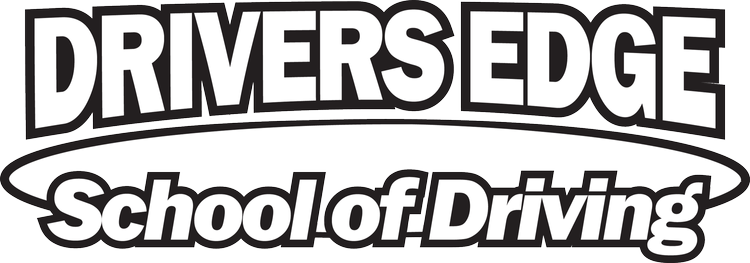“AI’s Opinion on Driver’s Education”
Driver's education is a crucial first step for anyone learning to drive. However, as car accidents remain a leading cause of death and injury, one must ask: Is the traditional driver’s ed enough to prepare new drivers for real-world driving challenges? While it provides a solid foundation, there are several key areas that most programs overlook.
The Basics of Driver's Education: Most driver’s ed programs teach the rules of the road, car control, and safe driving practices through classroom lessons and hands-on driving experience. These programs help learners pass the necessary tests to obtain their licenses. They also introduce defensive driving techniques, which are critical to staying safe on the road. However, do these basic lessons prepare young drivers for the risks they’ll face once they hit the streets?
Shortcomings of Traditional Driver’s Ed:
Distracted Driving: Distracted driving is a leading cause of accidents, yet traditional programs don’t emphasize how to manage distractions effectively. Drivers are taught about distractions like phones but aren’t fully prepared to handle the temptations of real-world distractions.
Advanced Driving Skills: Driver's education typically focuses on basic maneuvers, but it often lacks advanced training in emergency situations. For instance, students may not receive enough instruction on how to react to things like skidding on wet roads or handling sudden tire blowouts.
Emerging Technologies: With the rise of advanced car technologies like lane assist, collision avoidance, and adaptive cruise control, driver’s ed needs to evolve. New drivers may not understand how to use these systems properly or recognize their limitations in certain situations. For example, technologies like automated emergency braking are designed to help avoid collisions, but they can't prevent accidents in every scenario, such as when driving in inclement weather or on unfamiliar roads. Teaching drivers how to work with these systems while still maintaining full control of the vehicle is essential. Additionally, as cars become more connected, features like vehicle-to-vehicle (V2V) communication, which allows cars to share information about traffic conditions or potential hazards, are becoming more prevalent. Driver’s education programs need to address how these systems work and how they can aid in making safer decisions. Without proper training, young drivers might not know how to maximize the potential of these technologies or understand the situations in which they might not function properly.
What Should Be Included in Driver's Education:
Practical Distraction Management: Real-world strategies for handling distractions.
Comprehensive Impairment Education: Teaching all forms of impairment, including fatigue and medication.
Advanced Driving Skills: Hands-on training for emergencies like skidding or tire blowouts.
Emerging Technologies: Understanding and using modern car technologies effectively.
Driver’s education provides a solid foundation, but it's not enough in today’s world. By expanding the curriculum to include practical distraction management, impairment education, advanced driving skills, and new technologies, we can better prepare new drivers for the challenges they will face on the road. A more comprehensive approach will help ensure safer driving for everyone.
*Blog generated using AI technologies
